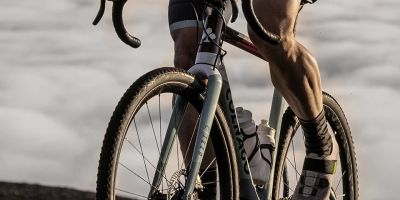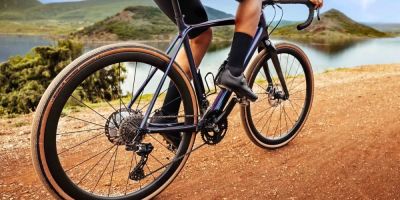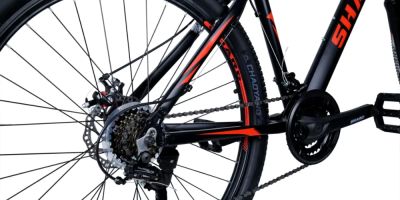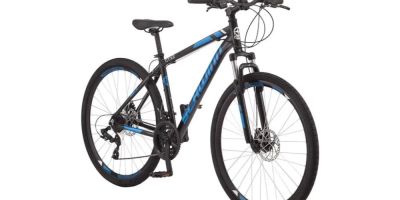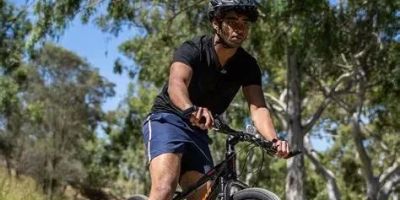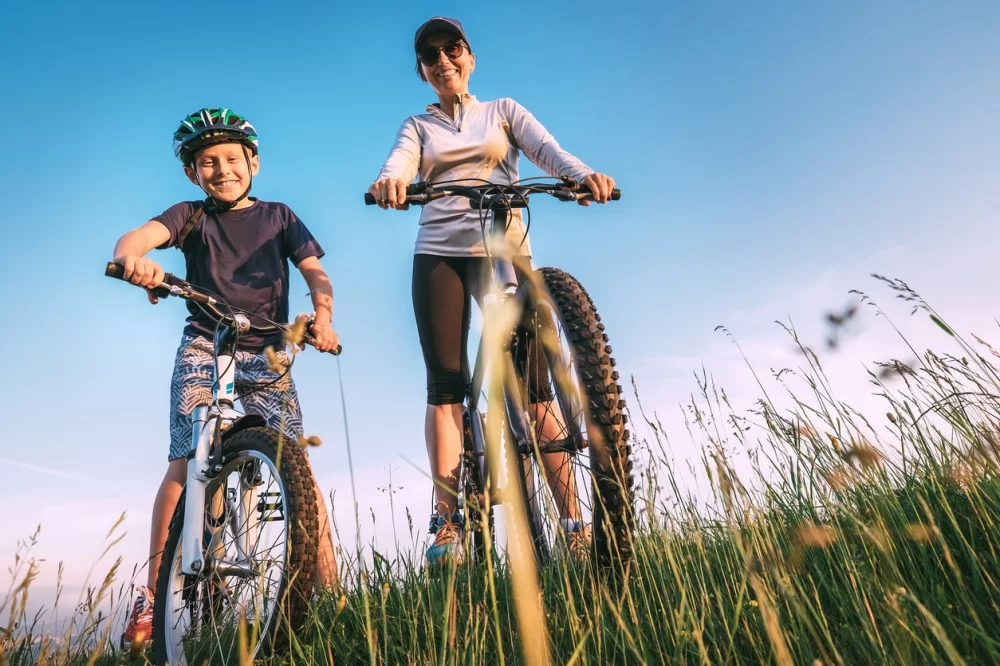
Staying Safe While Cycling Through Traffic: My Personal Tips and Insights
When I first started cycling on busy streets, I was both excited and a little anxious. The idea of navigating through city traffic on two wheels seemed thrilling, but also risky. Over the years, I’ve learned that cycling in traffic is not just about being cautious—it's about being prepared, making smart decisions, and using the right strategies to stay safe. I’m sharing my journey, the lessons I’ve learned, and the tips that help me stay safe while cycling through traffic.
Understanding the Risks of Cycling in Traffic
For many new cyclists, the thought of cycling in traffic can be overwhelming. I remember my first ride in the city, weaving between cars and trying to stay in the bike lane. It felt like every vehicle around me was a potential hazard. The truth is, cycling in traffic does present some risks, particularly in busy urban environments. These risks can range from distracted drivers to unexpected road conditions. But with the right approach and preparation, you can minimize those risks and stay safe.
One thing that helped me was understanding the most common hazards cyclists face in traffic. From my personal experience, the biggest risks are:
- Distracted drivers not noticing cyclists
- Sudden turns or lane changes by cars
- Potholes and other road hazards
- Cars parked in bike lanes or narrowing lanes
- Speeding drivers and heavy traffic
By acknowledging these risks, I could start taking steps to avoid them. Now, I can cycle through traffic with confidence knowing I’m doing everything I can to stay safe.
Tips for Safe Cycling in Traffic
After cycling in traffic for years, I’ve developed a set of strategies that I follow every time I hit the streets. Here are the essential tips I swear by for staying safe while cycling through traffic:
1. Be Visible
One of the most important lessons I’ve learned is the significance of being visible. No matter how experienced you are as a cyclist, if drivers can’t see you, it’s hard to predict how they’ll react. I always make sure to wear bright, reflective clothing and use lights, even during the day. I’ve had close calls where a motorist didn’t see me until the last second, and I could tell the difference when I was more visible. I always equip my bike with a front and rear light, even on cloudy days, and I wear a high-visibility vest or jacket when I’m cycling in heavy traffic.
2. Follow the Rules of the Road
It’s tempting to take shortcuts or ignore traffic signs when you’re in a hurry, but one of the best ways to stay safe is to act like a vehicle. I always ride in the same direction as traffic and follow traffic signals. This simple rule has helped me stay predictable and avoid dangerous situations where drivers may not expect a cyclist. On my first few rides, I made the mistake of ignoring stop signs or cutting through intersections when I shouldn’t have, and that’s when I felt most at risk. Since then, I’ve committed to following the rules and always making sure I signal before turning.
3. Stay Alert and Anticipate Hazards
Being aware of your surroundings is key. I’ve had moments where I narrowly avoided accidents just because I was paying attention. Always keep an eye out for things like potholes, road debris, and parked cars. Drivers aren’t always aware of cyclists, so I make sure to anticipate potential hazards—whether it’s a car door opening unexpectedly or a vehicle turning without signaling. I always stay a few feet away from parked cars to avoid “dooring” accidents, which can happen when a driver opens their door without checking for cyclists.
4. Use Hand Signals and Communicate Clearly
Clear communication is essential when cycling in traffic. Drivers often don’t know what a cyclist is going to do, which can lead to dangerous situations. I use hand signals for turns and lane changes, and I try to make eye contact with drivers to ensure they’ve seen me. It may seem small, but I’ve found that drivers are more likely to respect your space when they understand your intentions. I also avoid riding in blind spots and always position myself in a way that maximizes my visibility to drivers.
5. Ride Defensively and Be Ready to React
One of the most important things I’ve learned is to always ride defensively. This means being prepared for any situation and being able to react quickly if needed. For instance, I never assume that a driver will stop for me at a stop sign or yield when I’m in a crosswalk. I’ve had drivers make unexpected moves, and in those moments, I’m always ready to react by slowing down or moving to the side to avoid collision. Cycling defensively is not just about anticipating danger; it’s about being ready to take action if something goes wrong.
The Importance of Wearing the Right Gear
In addition to being alert and following traffic rules, wearing the proper gear is essential for cycling in traffic. Over the years, I’ve realized that certain safety equipment can make a huge difference in protecting yourself in case of an accident. For example, I never ride without a helmet. It’s one of the first pieces of gear I invested in, and it’s something I’ve never regretted. A helmet can protect you from serious head injuries if you fall or if there’s a collision.
Beyond helmets, I also use cycling gloves, knee pads, and elbow pads on longer rides. These protective items help minimize injury in case of a fall or sudden maneuver. I also find that they make me feel more confident and comfortable on the road. And of course, proper footwear is a must—sturdy, flat-soled shoes that grip the pedals are crucial for maintaining control.
Additional Considerations for City Cycling
Aside from the basic safety tips, there are a few city-specific factors to keep in mind when cycling in traffic. I’ve cycled through both busy cities and quieter suburban areas, and I’ve learned that urban environments present unique challenges. For example, cycling in areas with heavy traffic or multiple lanes requires you to be extra cautious. It’s always best to stick to designated bike lanes whenever possible. In cities like mine, there are many places with bike lanes, but they’re often shared with buses or parked cars. I’ve learned to always be aware of my surroundings when I’m in these lanes.
Another tip I’ve found useful is planning my routes ahead of time. Knowing where the bike-friendly streets are and avoiding high-traffic areas can make a big difference. I’ve taken the time to map out routes that are safer and less stressful for cycling, which has significantly improved my experience on the road.
Conclusion: Confidence Through Preparation
Ultimately, staying safe while cycling in traffic is all about preparation, awareness, and the right mindset. Over the years, I’ve learned that the more I prepare and follow these safety tips, the more confident I feel on the road. Cycling in traffic doesn’t have to be intimidating, but it does require you to be vigilant, proactive, and ready to react when necessary. If you’re just starting out, don’t be discouraged by the challenges—each ride is an opportunity to get better and more confident. And for the best bikes, gear, and expert advice, check out Healthy Cycling, where you can find everything you need to stay safe and ride with confidence.

